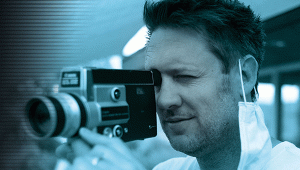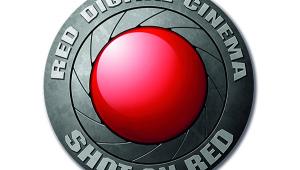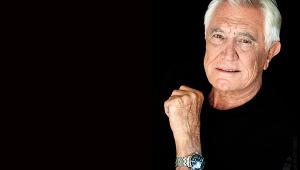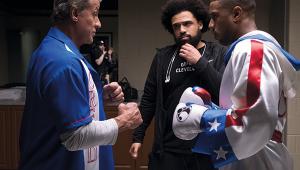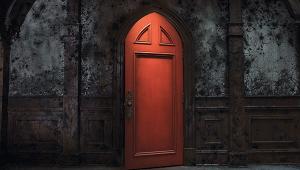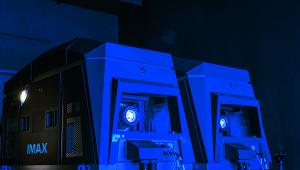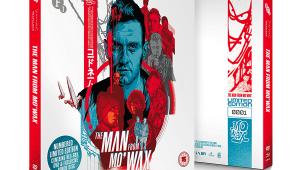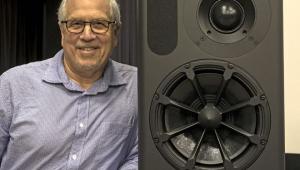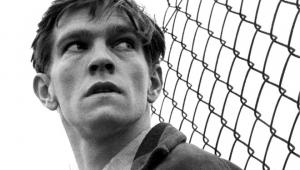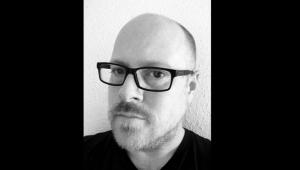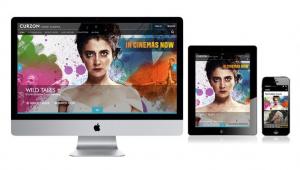Exclusive Interview: Director Joe Dante talks 3D

Joe Dante made a long awaited return to the big screen earlier this year with The Hole 3D. With the film hitting Blu-ray and DVD in the UK in the New Year, HCC news editor Anton van Beek sat down with the director of such cult classics as Piranha, The Howling, Gremlins, Innerspace and Small Soldiers to talk about shooting his first 3D feature film...
For fans its been a long seven years since a Joe Dante film last appeared on the big screen. That said; you've done some fascinating TV work during that time, so I was wondering if it was a conscious decision to step away from cinema for a while?
'No, I don't think anybody ever makes a conscious decision to step away from the cinema. Well, the last movie I did [Looney Tunes: Back in Action] was an expensive flop and that doesn't really endear you to the money people in Hollywood. So there weren't people knocking down my door. I did keep busy, I did some things I thought were pretty good and I've been working on getting things made.
'You forget that when you look at the resume of a filmmaker and you see a big gap in it, it doesn't necessarily mean he was in rehab. He was probably trying to get projects off the ground, working for free, developing things, trying to get money put together on things and sometimes working on movies that you work on until four weeks before production and all of a sudden they run out of money or somebody quits and it's over. So, during that time I was trying to set up theatrical movies and none of them happened. Then The Hole came along and it was already financed, which is rare, so I said "okay".
And what was it specifically about The Hole that drew you towards it?
'Well, I get a lot of scripts combining monsters and kids... and slashers... and cheerleaders, and this was by far better written than most of them. I found out later that the writer had written a picture called Vacancy that I had liked. Mainly it was the characters. I rarely read kid characters had as authentic a voice as these did. Also, the ultimate solution of what was in the hole was unexpected for me, I didn't really know where it was going, and I found it surprisingly poignant. So, it seemed to me that this was something I could certainly do. It wasn't a gigantic blockbuster. It wasn't months of tedious special effects work and stunts and things like that. It was a modest little movie that I thought, "Yeah, I can do that"'
You already had experience shooting 3D from R.L. Stine's Haunted Lighthouse [a 25min '4D' theme park experience Dante directed, which debuted at SeaWorld San Diego and SeaWorld Antonio in 2003], but I imagine there are some major challenges...
'Well it's a completely different process. The Haunted Lighthouse was done with 70mm cameras that are strapped together like a big Buick and it takes six guys to push it on the track and there's so much noise you've got to loop everything. It's a nice process when it's done, but it's very tedious to shoot.
'This is completely different. It's all digital, the cameras are small, it's much like shooting a regular movie except the set is over-lit to make up for the light you lose through the glasses. It's not that much different from making a normal film. There are considerations that you have to make that add, all told, probably a couple of day in man-hours to the schedule. But the equipment is now so much improved from what it was before, and so portable that it's really pretty much like shooting a regular movie. Except that you always have to keep in mind that you're actually going to be seeing real depth as opposed to 2D depth.
'So a shot that you would set up that has these bottles in the foreground [points to the water bottles on the table in front of him] might look really nice in 2D, but in 3D they'd be kind of annoying because they'd be in the foreground and they'd be out of focus and you wouldn't know where to put your eye. So you find yourself framing differently for 3D than you would do it for 2D. You have to be more attentive about intraocular convergences and you have to edit it differently because you don't want to make jump cuts where people all of a sudden have to adjust their eyes quickly.
'So there's an art to it... an art that I might add is not being used in the movies that are being converted to 3D after they've been shot. These are basically a way to rip off the public without doing the work. There's a correct way to shoot 3D that makes it easy to watch and a pleasure. None of these films are done that way; they're shot as if they're going to be normal films. Imagine The Bourne Identity in 3D, I mean, you can't have that kind of cutting in 3D, the brain can't process it, it's very annoying. And when you get down to movies that are now so dark and so blurry through this conversion process, they just look like shit. You've got people still paying the extra five-bucks to get in, which is the only reason they do it, and then they come out and they go, "This 3D sucks. I don't want any more 3D". So we're at this weird juncture where we have the best version of the 3D process we've ever had and the easiest to use and the easiest to project, and they're still going to kill it, because they're so greedy. They just want to take every picture they've got sitting in a can, and send it India and have it come back in this fake 3D and charge an extra five-bucks. They're cutting their own throats'.
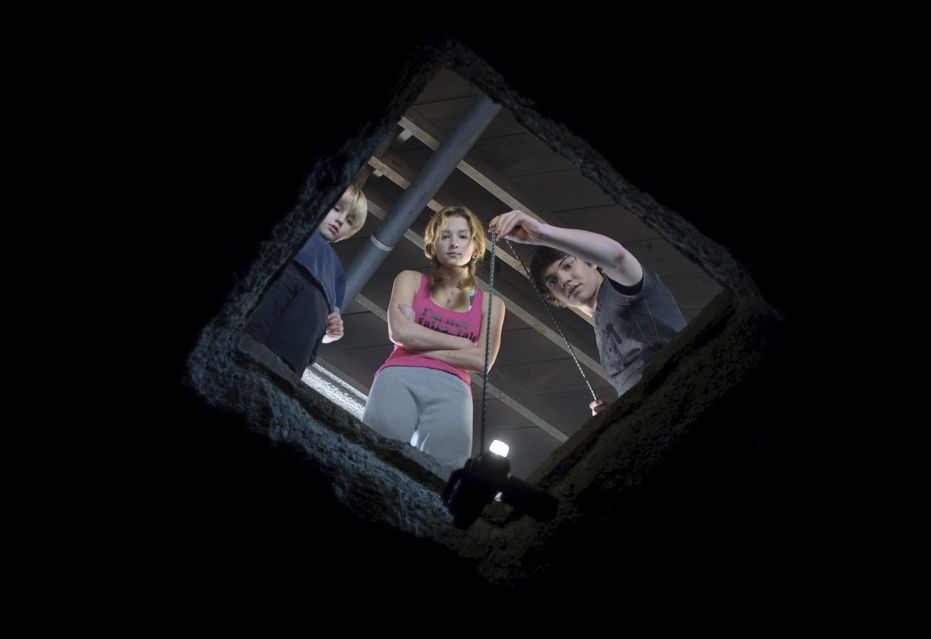
The subject of converted films means that I suppose I have to ask if you've seen Piranha 3D?
'I haven't seen it yet. I know about it, because they asked me to be in it, which I couldn't do because I was doing this film. And I read the script, which was... obviously not based on the script that I shot. But there were certain telltale similarities involving girls' breasts. But I was disappointed that they weren't shooting it in real 3D.
'Now, they explained to me why, and it made sense. They said that they would be out in the middle of Lake Havasu and it would be really hot and the cameras would melt. Which they do, because the RED cameras are very sensitive... digital cameras are very sensitive to heat. And also the water is a very difficult thing to shoot in 3D because the highlights are in different eyes. So, okay, fine, convert it later. But what I didn't expect was that... I didn't expect that their piranhas would look as shitty as they do. Because I was so envious, thinking, "Boy, I didn't have any money for piranhas. I couldn't do big schools of piranhas. I could just quick shots of like six or seven". So, they had all this money, and I was surprised to see how fake the digital piranha looked...'
'Well, maybe they look better in 3D, because they really didn't look very good in 2D in the clips I've seen. Also, it's been a bonus for me they've re-issued my original picture [in the US] in a great new transfer with a really nice DVD with lots of extras, and it's keyed in to the release of the new movie'.
Are you heavily involved in the production of the DVDs of your films and, if so, is that something you enjoy?
'Well, the thing is that I've already done commentaries on most of my movies. The idea of re-doing them certainly doesn't appeal to me. In fact, I did a new interview for the Piranha DVD, so I guess apparently I came up with something interesting to say that I haven't said before. I can't imagine what that would have been.
'But there's a lot of cool stuff that wasn't available before. I found the TV version with all of the extra scenes that we put back in it, so those scenes in there. There's a bunch of interesting new interviews, plus all of the old stuff from the previous DVD. So it's a great package, but the thing that's amazing is that the picture never looked better. They did such a terrific transfer it looks like it was made yesterday'.
I guess we can only hope that somebody picks up the rights to the complete package in UK, as over here's it's part of the MGM catalogue...
'It is'
...And it's a barebones release.
'Well, they're going out of business anyway'.
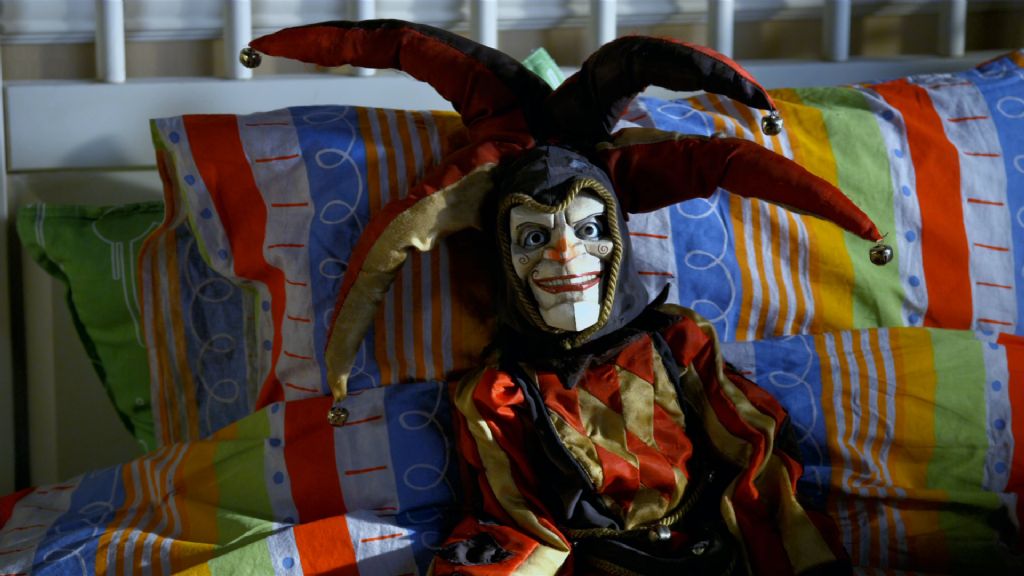
Getting back to The Hole, the most striking thing for me was that it is the most artistic use of 3D I've seen in a film to date...
'Well, we won an award in Venice so it must be artistic'.
...What really impressed me is that while people have been talking up depth in 3D imagery as opposed to simple gimmicks - although I did appreciated the House of Wax ball gag - what you've essentially got is a film with very few locations that could feel extremely claustrophobic. And instead, the use of 3D opens it up...
'That's exactly why we did it. I was a little concerned. I was like, "look guys, this is a small film, it's not going to be that small a budget, but it's a small film, and I think that if we did it in 3D we could make it look a little bigger and we could actually get some use out of the fact that we only have a few places that we keep using. So we can make them look bigger and give the picture a little scope. Because I wanted to shoot it in anamorphic 3D, but with the RED camera system we used you have to cut the top and the bottom off to do it. And that means you actually lose the ability to readjust the frame, which is a fairly important part of making the images coalesce. So I reluctantly agreed to do it in 1.85:1. But I wanted to do it in Scope'.
So where did the decision to shoot in 3D come into play? Was that something that was already tied into the existing financing?
'No, no. They had to get extra money for that. They had a budget for it, and when I suggested the extra money for 3D I thought they were going to fire me probably. But instead they were fairly progressive about it and gave it some due diligence, figured out how many other 3D movies were coming out and how many theatres were converting to digital and how many would be able to play it by the time it was done. And it all looked do-able, so they said yes. But they didn't realise about the glut of fake 3D movies that were going to suddenly flood the market and keep our picture, basically, off the screens [The Hole is still looking for a distributor in the US].
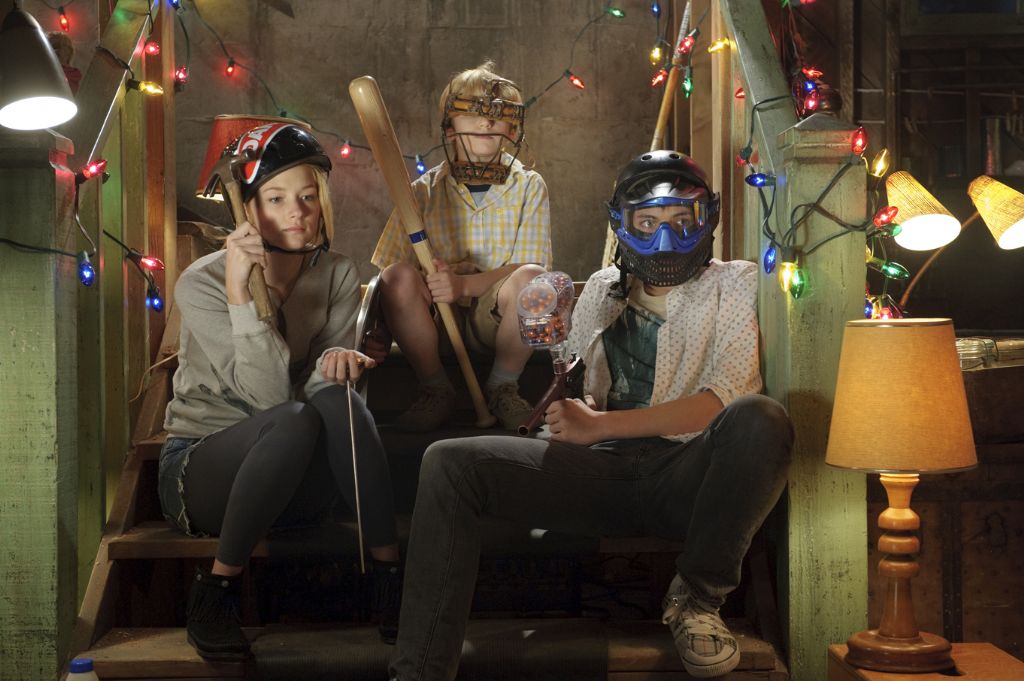
Which is a real shame. Not only is it a great 3D film, but it's also got some excellent performances from its young cast. Looking back over your career, you seem to have a great ability to find these fantastic young actors.
'Yes. Where does this come from? I don't know. Well, as you know, the movies you make are the ones they let you make. They're always based on what you made before and what made money. Now Gremlins was my biggest hit. I was making... err... pretty adult movies before that. But when Gremlins hit I was suddenly the king of kids' movies. And so the next picture was Explorers, which was a kids' movie, and for which we had to find some kids to star in it. And we found great kids. I mean, Ethan Hawke just walked in, he was a kid off the street who came in with another boy who was an actor and Ethan was just a friend of his. And I said, "This kid's really cute. Let's see if he can act. What the hell...". Lo and behold, that led to a screen test and him getting a part, the lead part in a Paramount picture, I mean it was pretty phenomenal. But he was great. He'd go up to cameramen during and start talking about his 'marks' and they'd be like "How long has this kid been making movies?" and it was just like two weeks.
'So I seem to have an ability to find good kids, and casting is so much of the success of every movie. But with kids in particular, if you pick a bum kid, you're out of luck. There are so many, and there certainly were around that time, so many phoney kids who've been taught how to be cute and taught how to be showy and taught to steal scenes and are basically kind of unwatchable. And the reason why people like WC Fields said they didn't like kids is because of this sort of phoney idea of what a kid is, which is an adult idea. But real kids are always interesting. The closer they are to reality the better actors they usually are.
'In the case of The Hole, these kids were great. And here, again, they go in cycles. So you can find that one season there might be a lot of good kids, another season it's dry, the kids are all lousy or, you know, Disney has just released a whole bunch of kids and now they're all terrible.
'But these kids were very well suited for each other. I mean, it was an ensemble thing. You have to pick kids who look like they could be brothers, which is always tricky. And then you have to cast a mother based on who looks like they could be the mother of those two kids. And to pick a yellow-haired kid and a dark-haired kid already made it tricky, but Nathan [Gamble, playing younger brother Lucas] was so good. I'd seen him in this other picture, I hadn't even met him, but I saw him in the Batman movie and I thought he was terrific and thought "this kid is gonna go somewhere so we should try to get him", but it looked like he wasn't going to be able to do it because he had a sitcom offer. So we had to backup with other kids, some of whom looked a little more like Chris [Massoglia, playing older brother Dane] but none of whom were really as good.
'So once we cast Nathan and Chris together then we cast Teri [Polo] because she sort of looked... Okay so the father was dark and the mother was blonde, yeah, we can get away with this. And the girl, you know we had the girls and the boys read together. I tend to find that it's more interesting for them if they're playing off other actors. So Chris and Hayley [Bennett, playing neighbour Julie] paired up with other people, but when they paired up together we had our kids'.
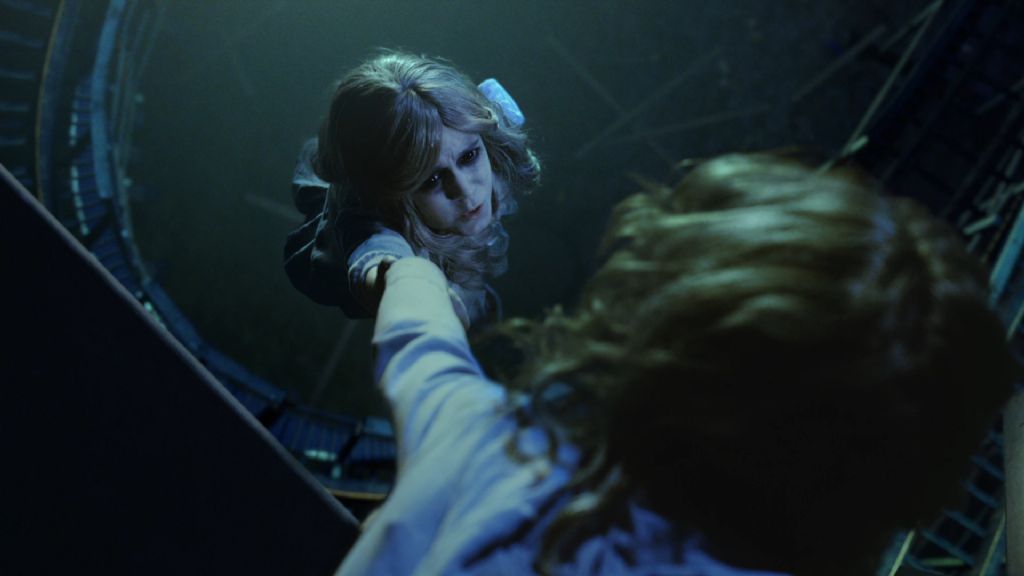
You mentioned how studios approach you with kids' and monster movies. Is that something that you actually look for in the scripts you are sent and is there a reason that you have an affinity for those kinds of films?
'No, not really, and I don't have any kids of my own. People always ask that. They're like, "Oh, you're so good with kids. You must have kids". No, I don't have kids, maybe that's why I'm good with them. I don't know, there's a child-like quality to a lot of my movies even when there aren't kids in them, I guess. I don't know. My inner child speaking? I've no idea'.
And, of course, you're one of the few filmmakers still making what are essentially scary movies for kids. I grew up with films like Poltergeist and Gremlins, but, excepting The Hole, we rarely see that kind of film any more...
'Yeah. But the subject matter of horror films these days is so adult, so gruesome and so eye-popping, so head-chopping, that I just don't know where you'd put kids in a film like that.
'Nonetheless, kids all watch them. The kids who were the same age you were when you started with films that were relatively benign are now watching people chop their hands off while chained to a radiator in movies, and they're laughing. Now, it is a desensitisation, there's no doubt about it. My niece tells me, she's 17, that she gets together with her friends and they go to the video store and they rent horror movies and they go home and watch them on Friday night, get popcorn and laugh. The more violent the death, the more they laugh. Which is the appeal of Piranha 3D.
'So there's this sort of laughing at death thing that has always been part of the appeal of horror movies... confronting death and laughing at it. Young people are very good at doing it and older people aren't quite as good at it as death is a little more of a real thing for them. And so you find that this amazing horror movie genre, the most maligned genre in the entire history of film, the one that almost never had anything intelligent ever written about it until the last ten years, is now the dominant genre in motion pictures. The one thing that studios can count on making money from is to make horror pictures. Now when I was kid it was westerns. There were all these genres you could count on, "We'll always make money with that. You'll always make money from westerns". Forget it. All those genres are dead now. All that's left now is the horror movie. What's that say about it?'
I suppose it's that thing where horror can still be done on a relatively modest budget, whereas the other genre that survived the '50s, sci-fi, has post-Star Wars evolved into the mega-budget blockbuster.
'That's true. Horror's always cheap. It can be people in a cabin. You can go out in the woods and make a horror picture with your friends and, if you've got a good script, it could be just as good as... well, then you've got Blair Witch. Which I didn't happen to think was very good, but it was something unique. And there's Paranormal Activity. Which again is that new syndrome where studios will pay no money for something or they'll pay a lot of money for something, but it's the stuff in between that used to be the backbone of the industry, the mid-level movie, that's just gone.'
I suppose to wrap things up, the obvious question is, what's next?
'What's next for me? I don't know. I wish I did'.
Personally, I'm hoping for Mant! 3D
'Mant! 3D! You know, there was a company that came up to me after Matinee came out, this foreign company, and they said that they'd give me money if I shot another 40 minutes of Mant! so that they could release it as a feature. And I tried to explain to them that at 60 minutes Mant! wouldn't be as funny as it was at 20' [laughs].
Well, I'd have bought a ticket...
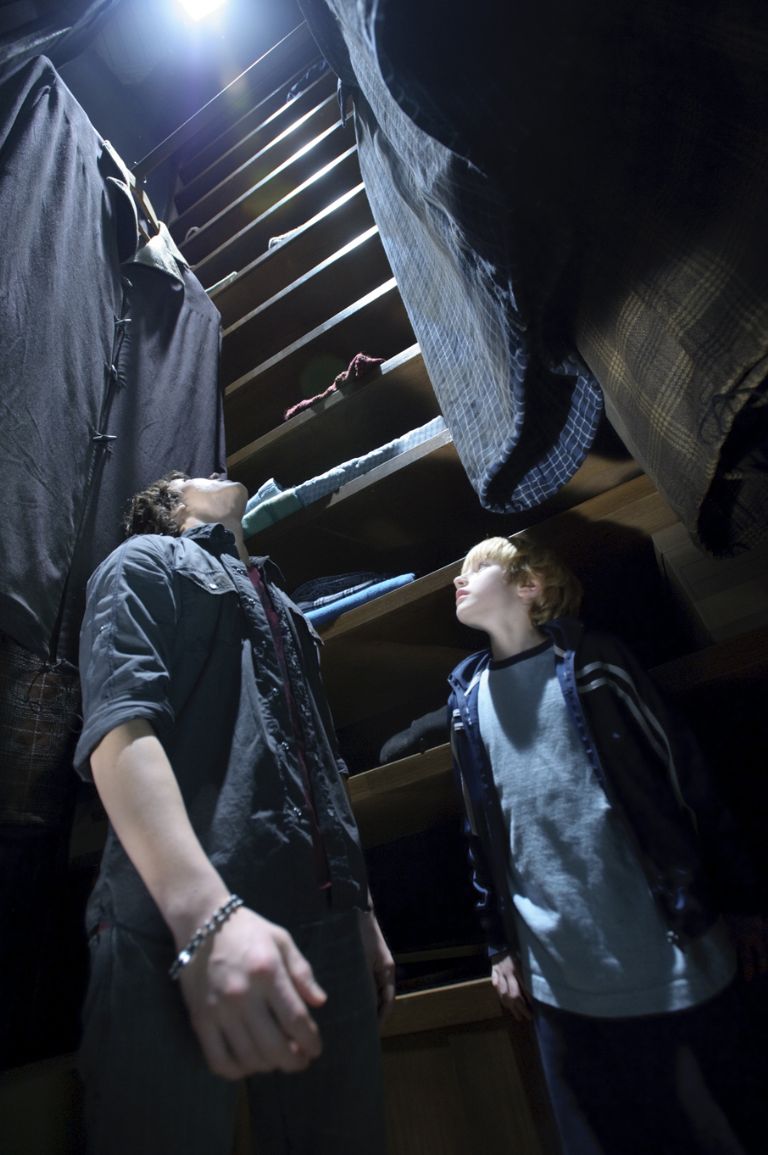
 |
Home Cinema Choice #351 is on sale now, featuring: Samsung S95D flagship OLED TV; Ascendo loudspeakers; Pioneer VSA-LX805 AV receiver; UST projector roundup; 2024’s summer movies; Conan 4K; and more
|


